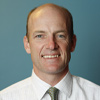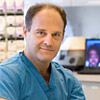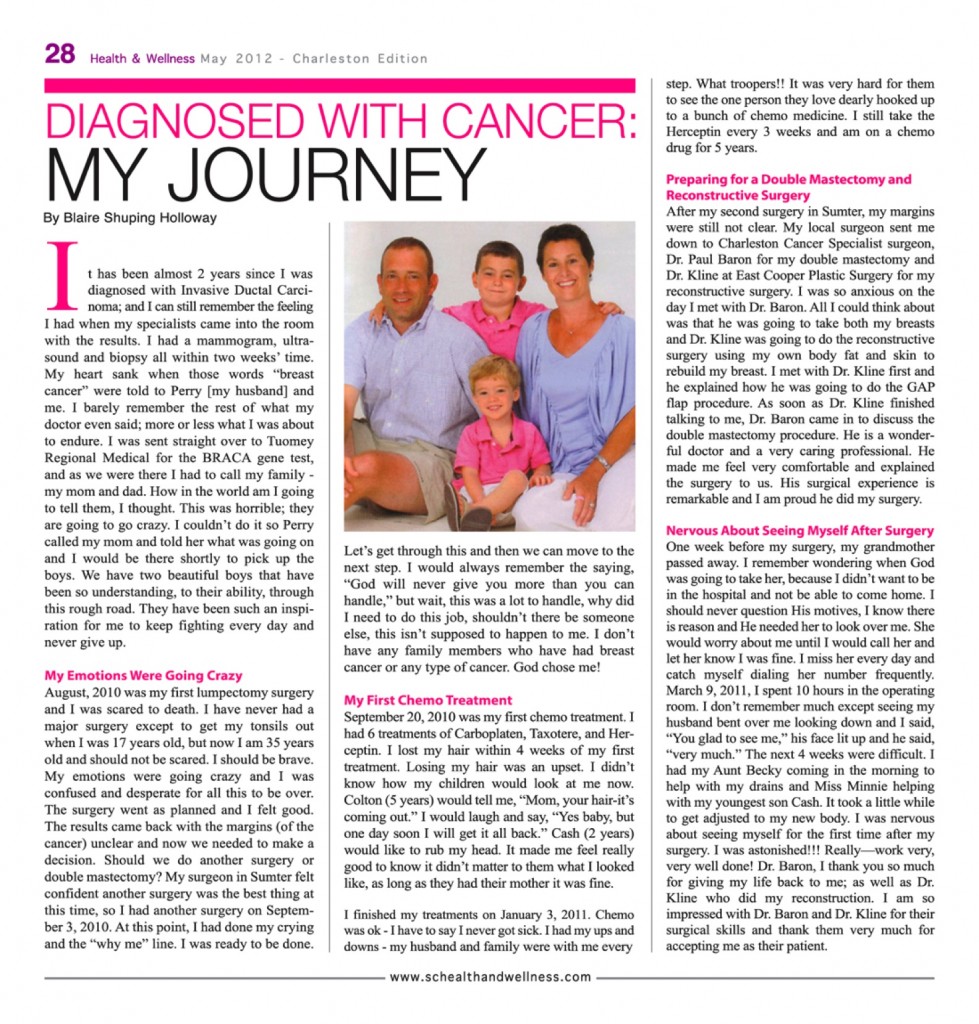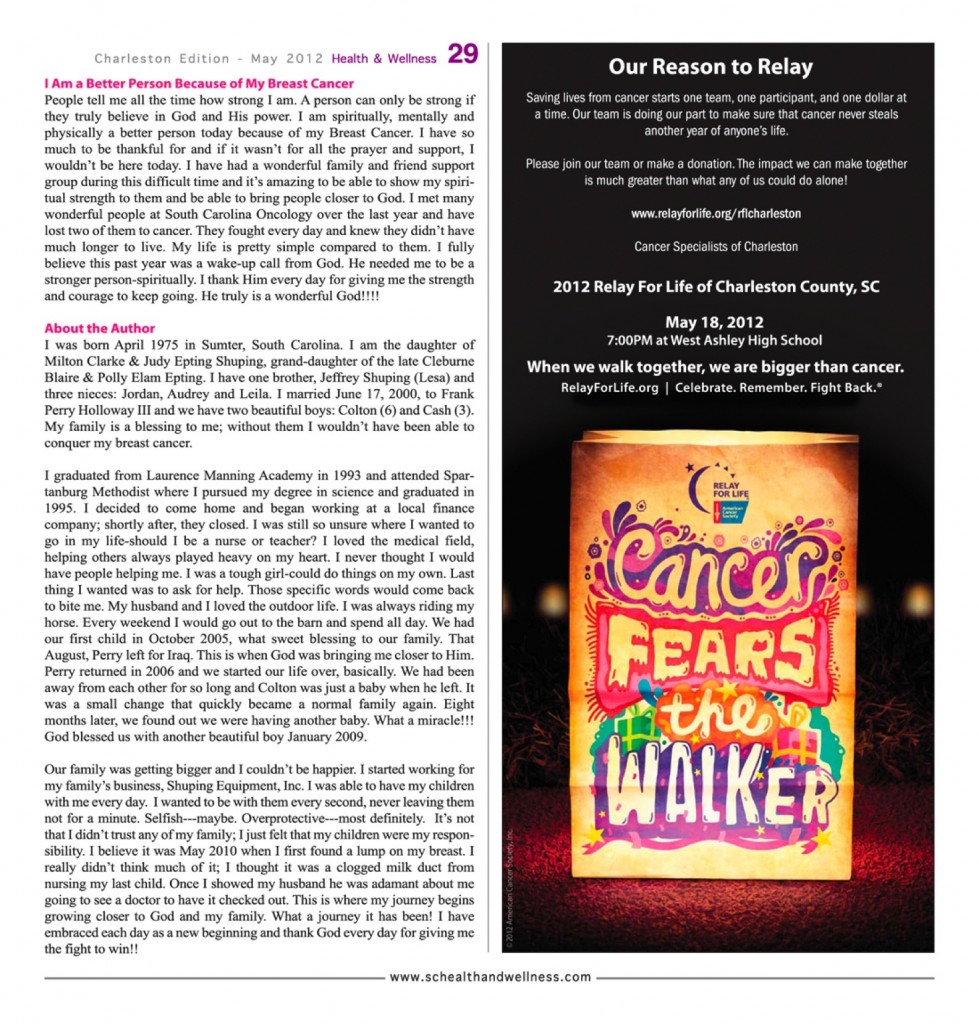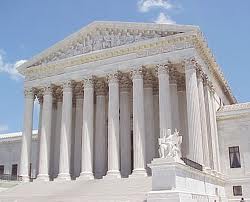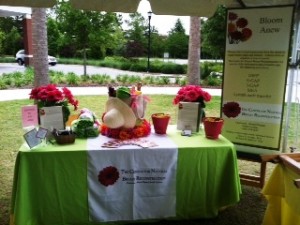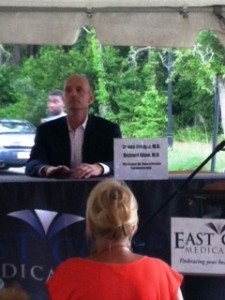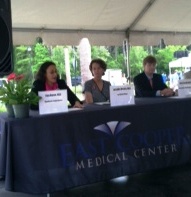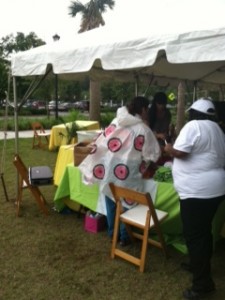 What better way to soak up a little sun than with a riveting new read? At The Center for Natural Breast Reconstruction, we’ve pooled together a list of hot summer books for you to enjoy at your favorite Charleston beach!
What better way to soak up a little sun than with a riveting new read? At The Center for Natural Breast Reconstruction, we’ve pooled together a list of hot summer books for you to enjoy at your favorite Charleston beach!
1. Wild by Cheryl Strayed: One of the hottest memoirs to hit the shelves, Strayed’s story is a heartening and harrowing one. After losing her mother to cancer, reeling from the ruin of her marriage, and recovering from drug addiction, Strayed made a life-changing decision to hike the Pacific Crest Trail solo in the hopes of salvaging her life and herself. If you need more convincing, Oprah selected this memoir to kick-off Oprah’s Book Club 2.0.
2. Fifty Shades of Grey by E. L. James: If you’ve yet to dive into the naughty world of Grey, we recommend you start at the very beginning, where Ana Steele and Christian Grey first fell headlong into their steamy, erotically dark affair. This book is sure to fuel your appetite for the other two novels in this trilogy: Fifty Shades Darker and Fifty Shades Freed.
3. The Chaperone by Laura Moriarty: A story of tangled trajectories, this novel tracks the journey of fifteen-year-old Louise Brooks before she became the silent-film icon, and her thirty-six year old chaperone Cora Carlisle. Set in the roaring 1920’s, this novel is rich both in its cultural depiction, and in its exploration of each character’s destiny during this era of possibility.
4. The Odditorium by Melissa Pritchard: This short-story collection is the imaginative transport your summer’s been missing. Weirdly enchanting, beautifully haunting, Pritchard bends the conventions of westerns, horror, and historical fiction to create a menagerie of pure enthrallment. Good luck putting this one down!
5. We Only Know So Much by Elizabeth Crane: With whimsy, wit, and unrelenting insight, Crane reveals the story of the Copelands, a family torn and entwined by the secrets they keep and the lives they lead. Sharp and voice-driven, this novel will make you laugh and cringe, but most of all, you’ll simply be happy to be reading it.
What books are on your reading list this summer?



